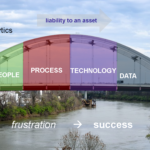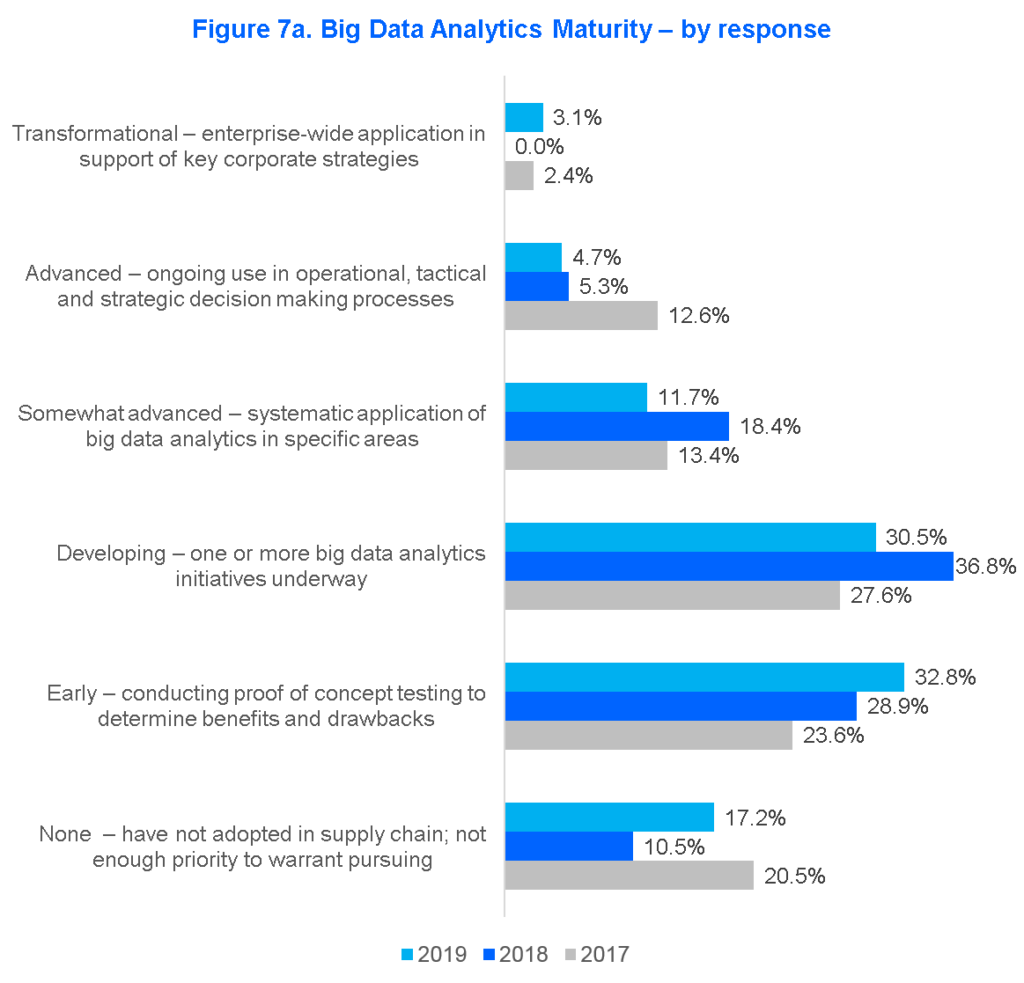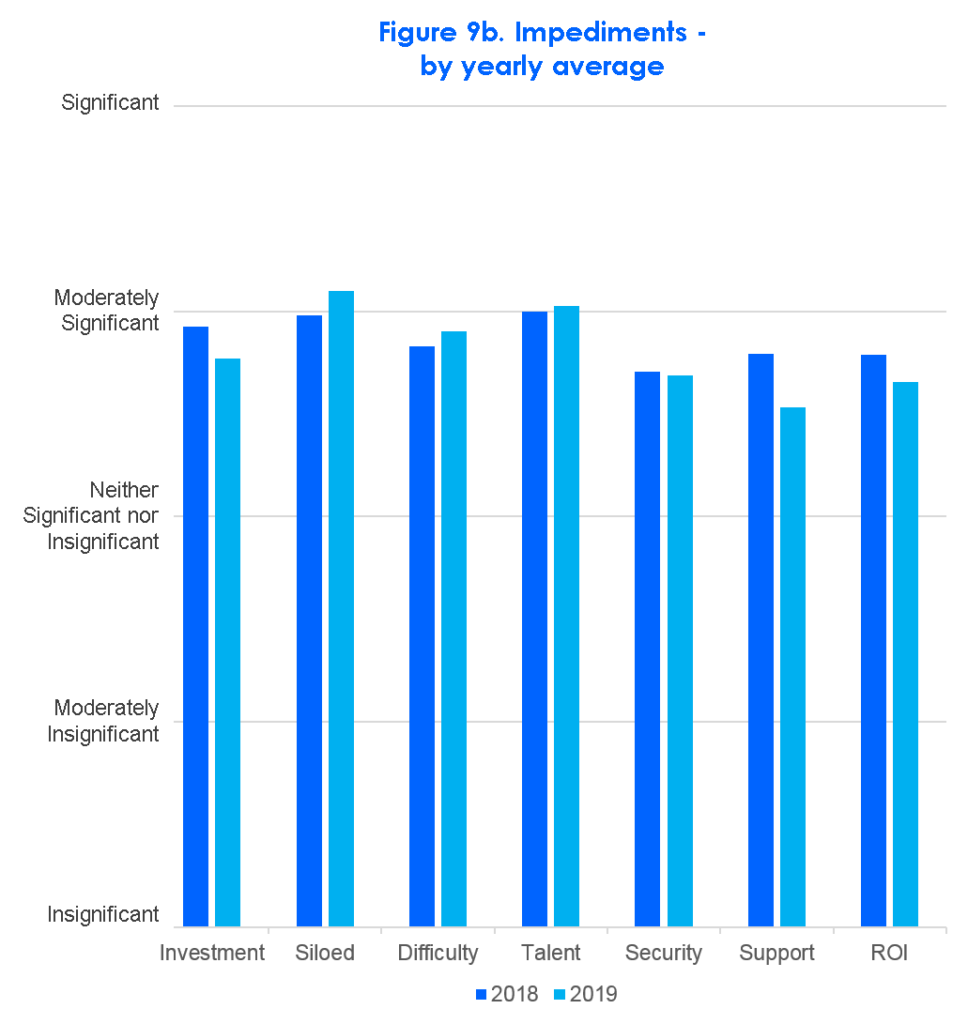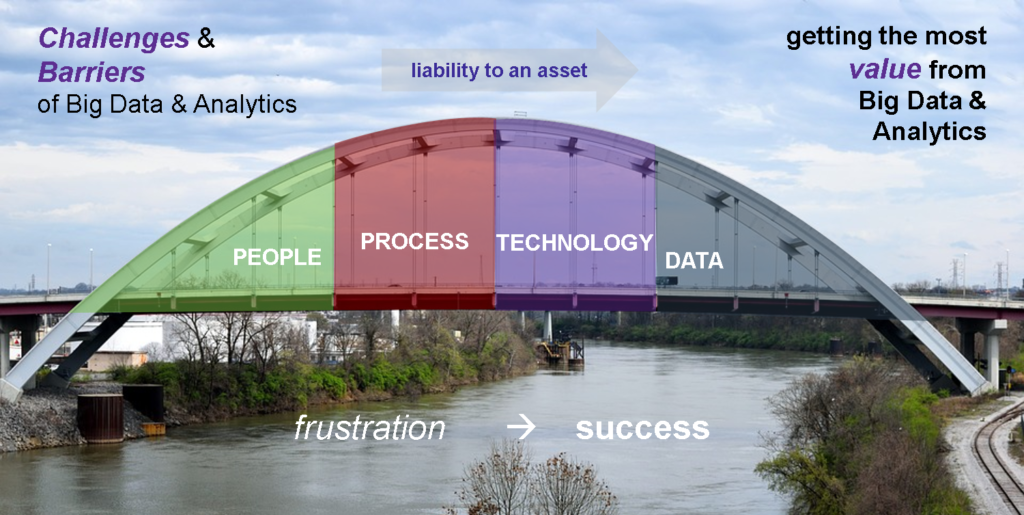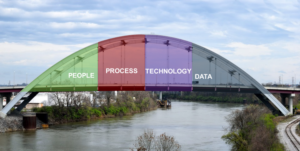Thriving After COVID – 3 Essential Steps (Overview)
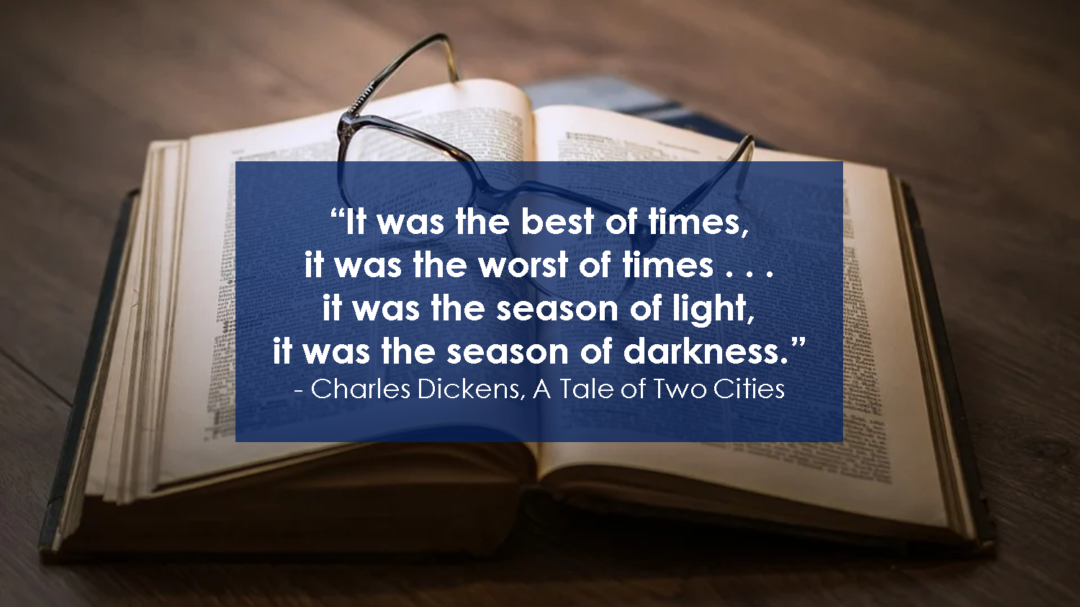
Summary
The impact of COVID-19 on global supply chains is unprecedented. For some, it has been a time of ongoing demand surges to meet customer demands. For others it has been a time of devastation and the need for restructuring just to survive.
Regardless of which position a company is in, most will continue to measure the impact of their COVID supply chain actions by traditional, higher level financial measures of revenue and profit. But what is being masked under these standard financial measurements? What percentage of your specific customers and products are actually driving 80% of your profits?
This is the time for the intelligent re-tooling of your business based on profit contributions by customer, product and channel. Re-tooling that breaks you away from the “Herd Mentality” that your competitors are pursuing.
Case In Point
A well-known, profitable retailer with 1,500 stores wanted to understand the impact of their current store discount policy. The analysis measured the SKU - store selling price against the Cost to Serve (CTS) for that SKU to each store.
The result, 25% of the 60,000 products had wide variances in profit performance across stores. Many were being sold at a price below the CTS for that store. This analysis provided visibility to a $35 million-dollar potential profit improvement opportunity.
Actions
But how do you get there? What are the roadblocks that come to mind? Most likely, they fall into three categories:
- concern over your data
- uncertainty on how to move beyond standard cost accounting measurements
- securing the right resources to harvest this information to get meaningful insights
The next three posting of this blog will address each of these roadblocks to provide an effective bridge to accurate and specific profit contribution visibility on an ongoing basis.
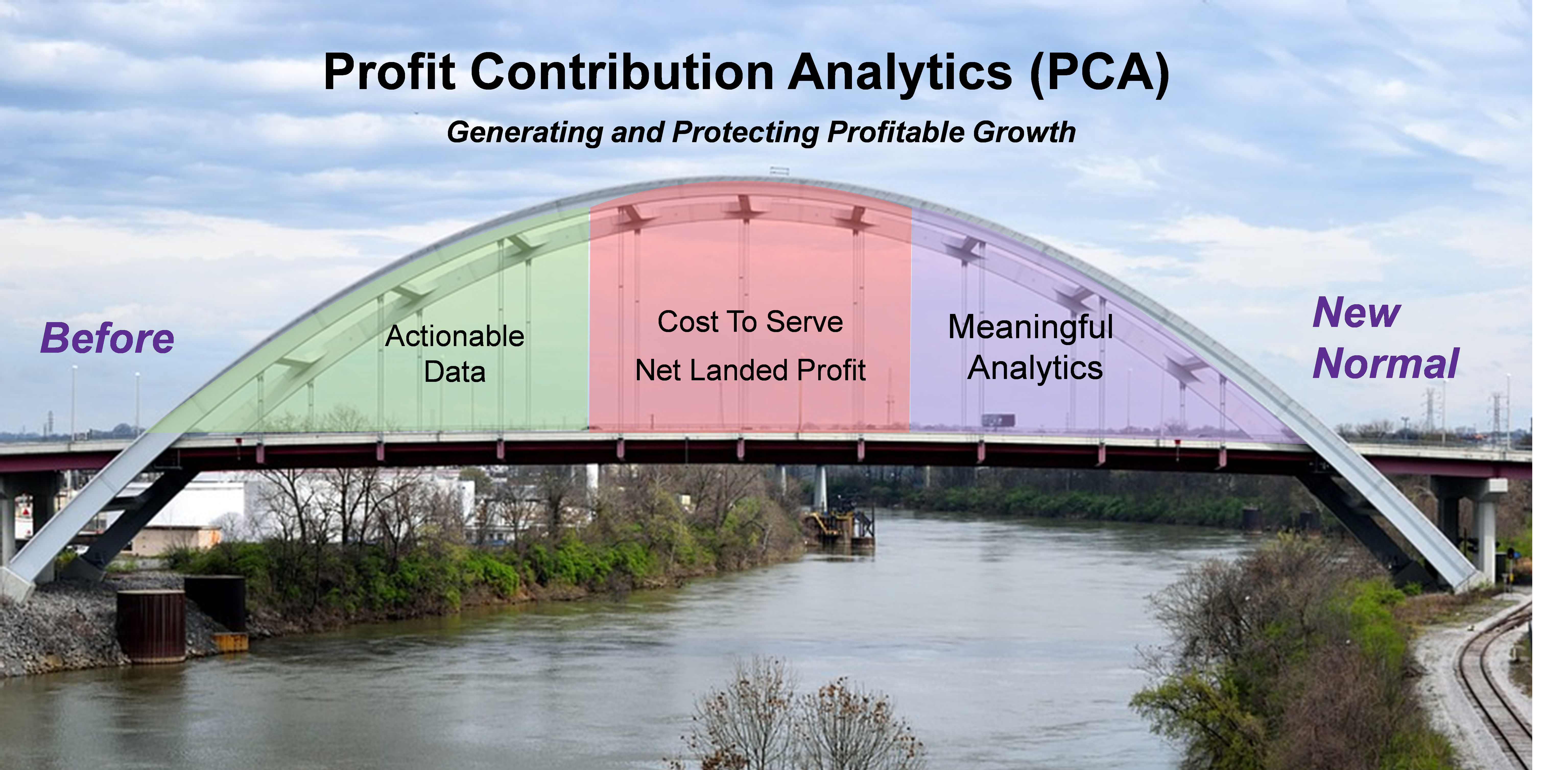
Please comment on this posting or email me at rsharpe@ci-advantage.com .
All the best,
Richard Sharpe
Richard Sharpe is CEO of Competitive Insights, LLC (CI), a profit contribution analytics firm that specializes in helping clients efficiently and continuously transform multiple sources of data into actionable operational insights.



